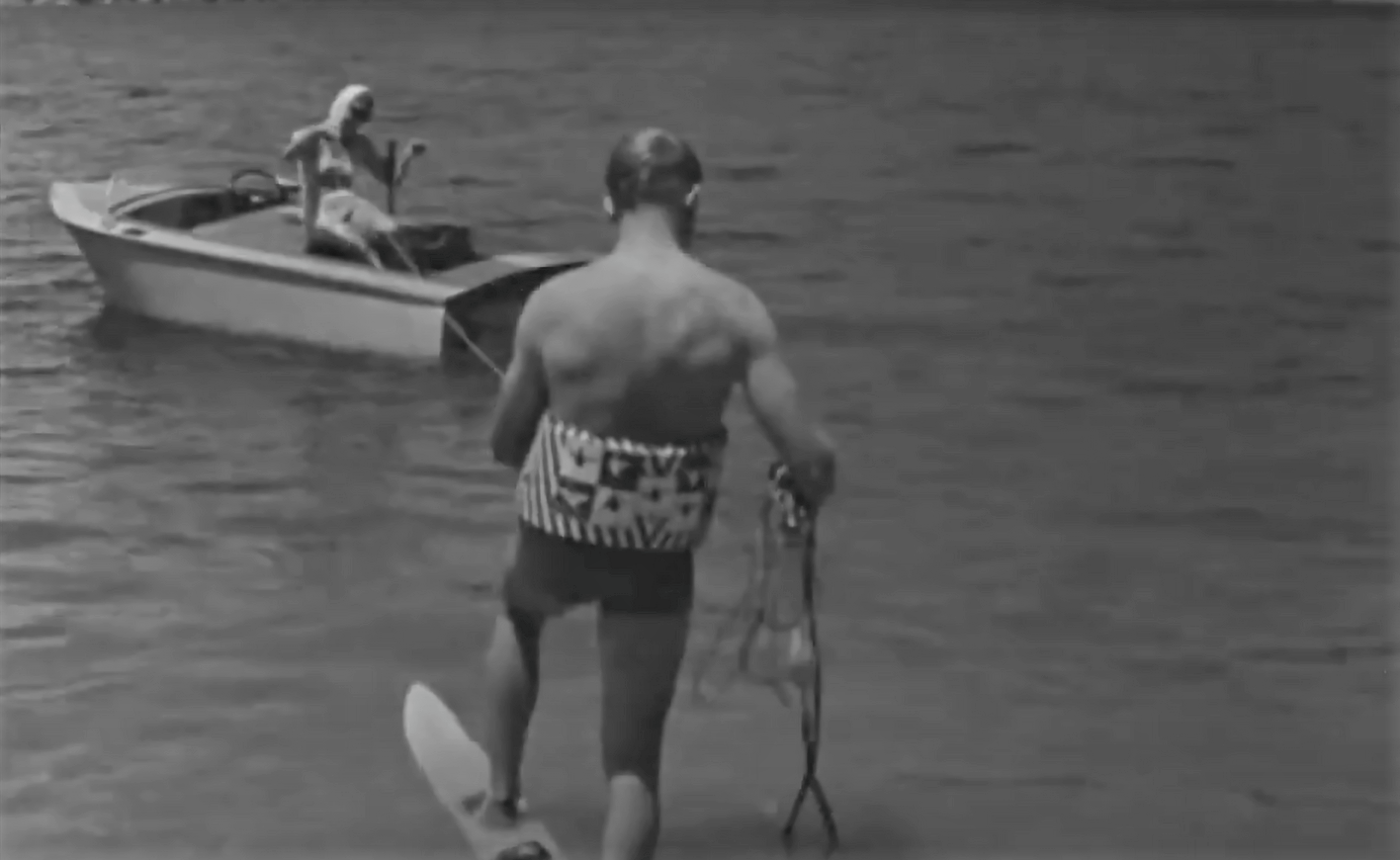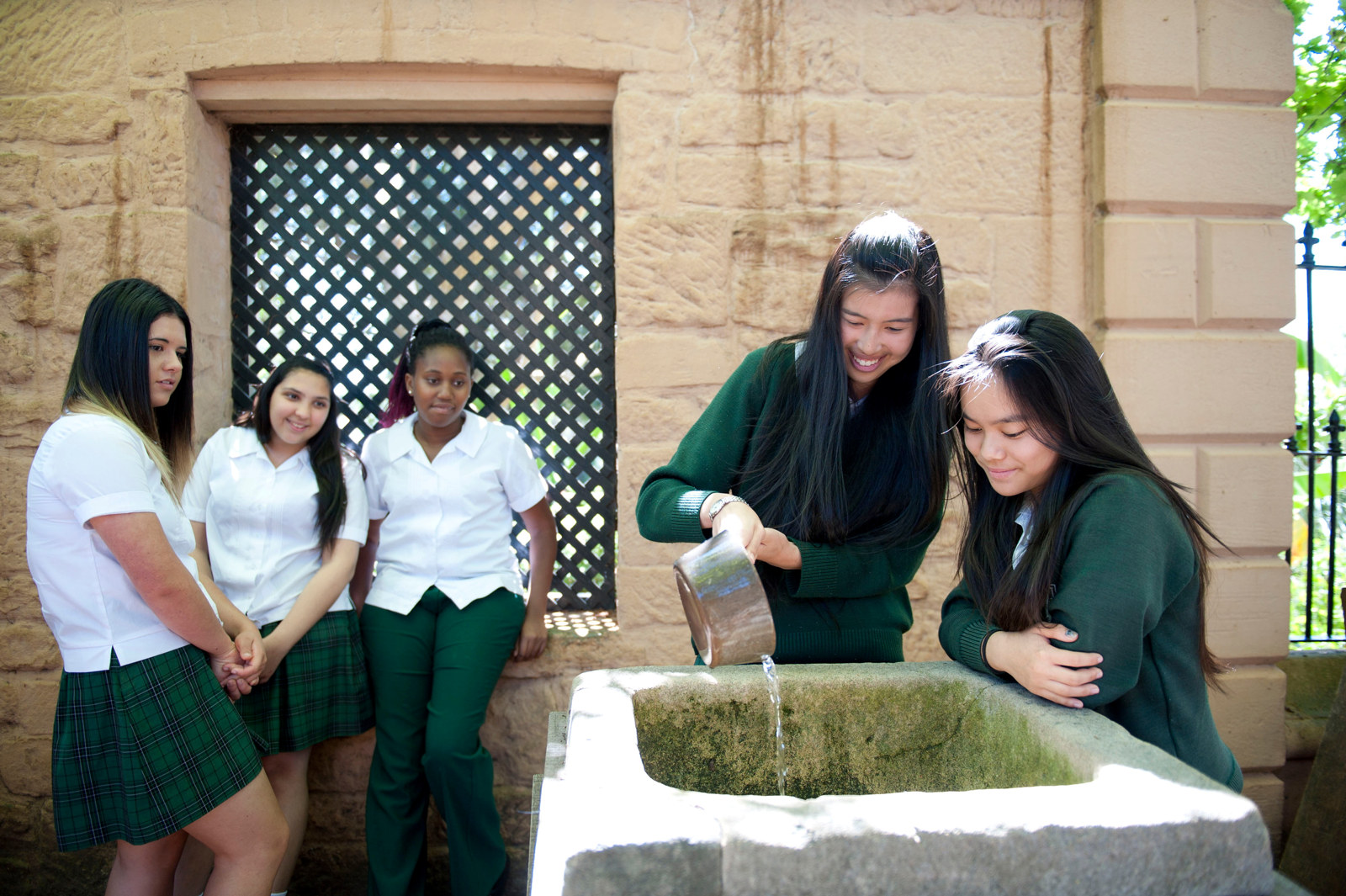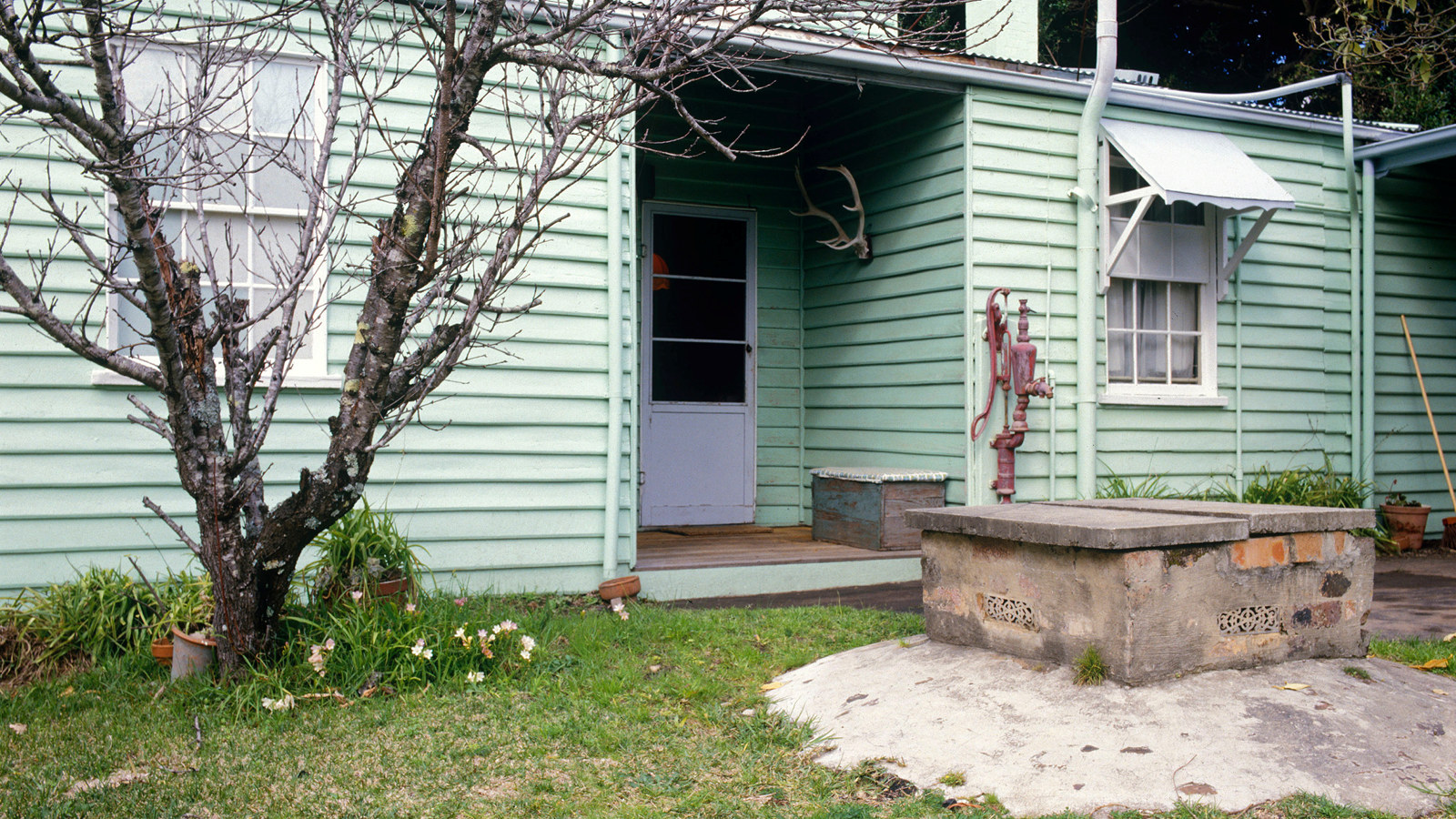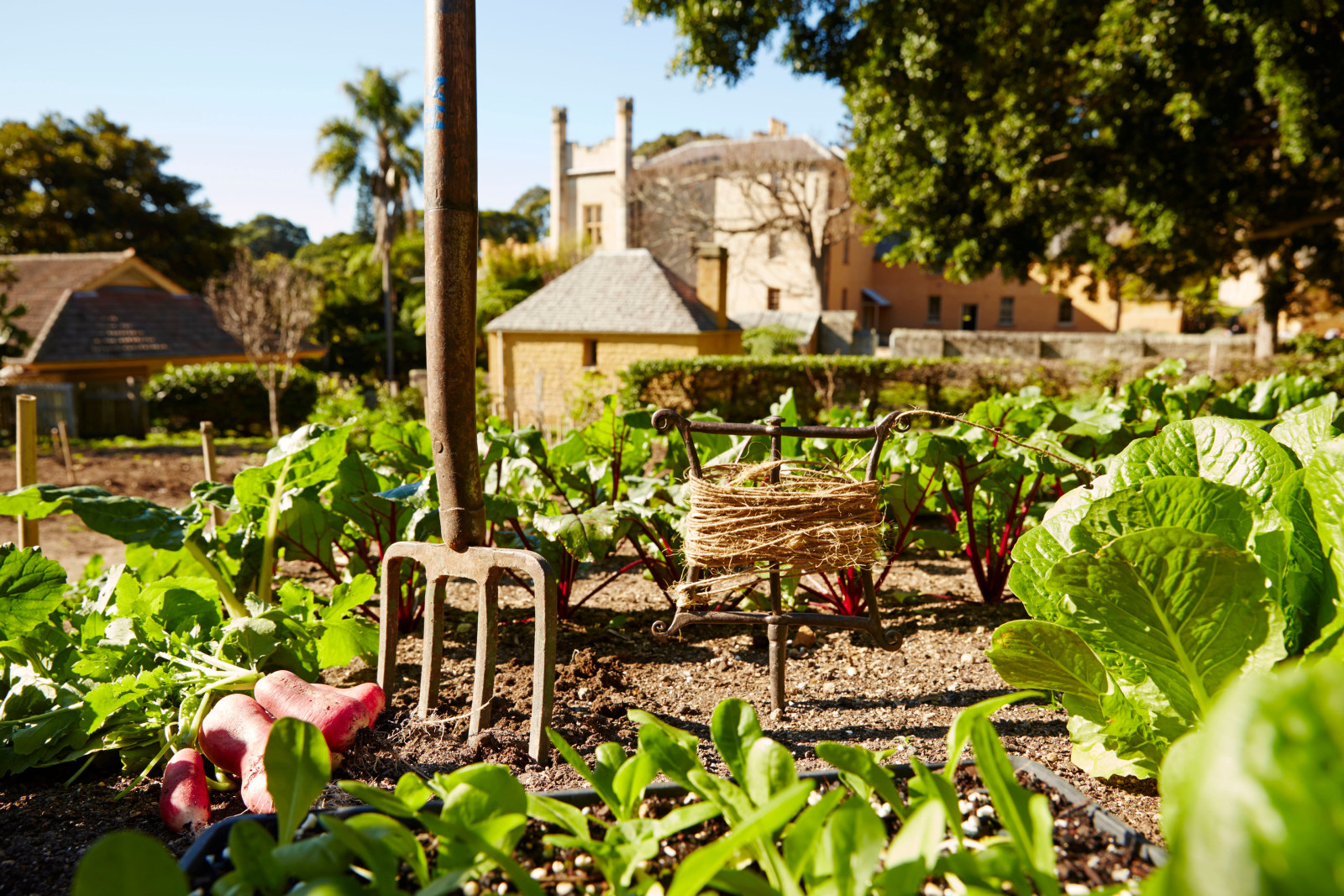Water supply

Burrinjuck Dam - A tourist's playground
A promotional film produced c.1950s/1960s by the Electricity Commission of New South Wales

The Elizabeth Farm dripstone
Next time you turn on the tap and pour a glass of cool, clean water, think about how people in Sydney managed almost two hundred years ago

Underground ruin now supplies water
The underground tank, or cistern, at Meroogal was originally the main supplier of household and garden water, holding around 40,000 litres in its mostly submerged brick belly

Plant your history
Resisting the water exemptions
Many people have made the mistake of creating water dependent gardens by relying on timed irrigation systems that do not allow their plants to adjust to the harsh conditions prevalent in many parts of Australia